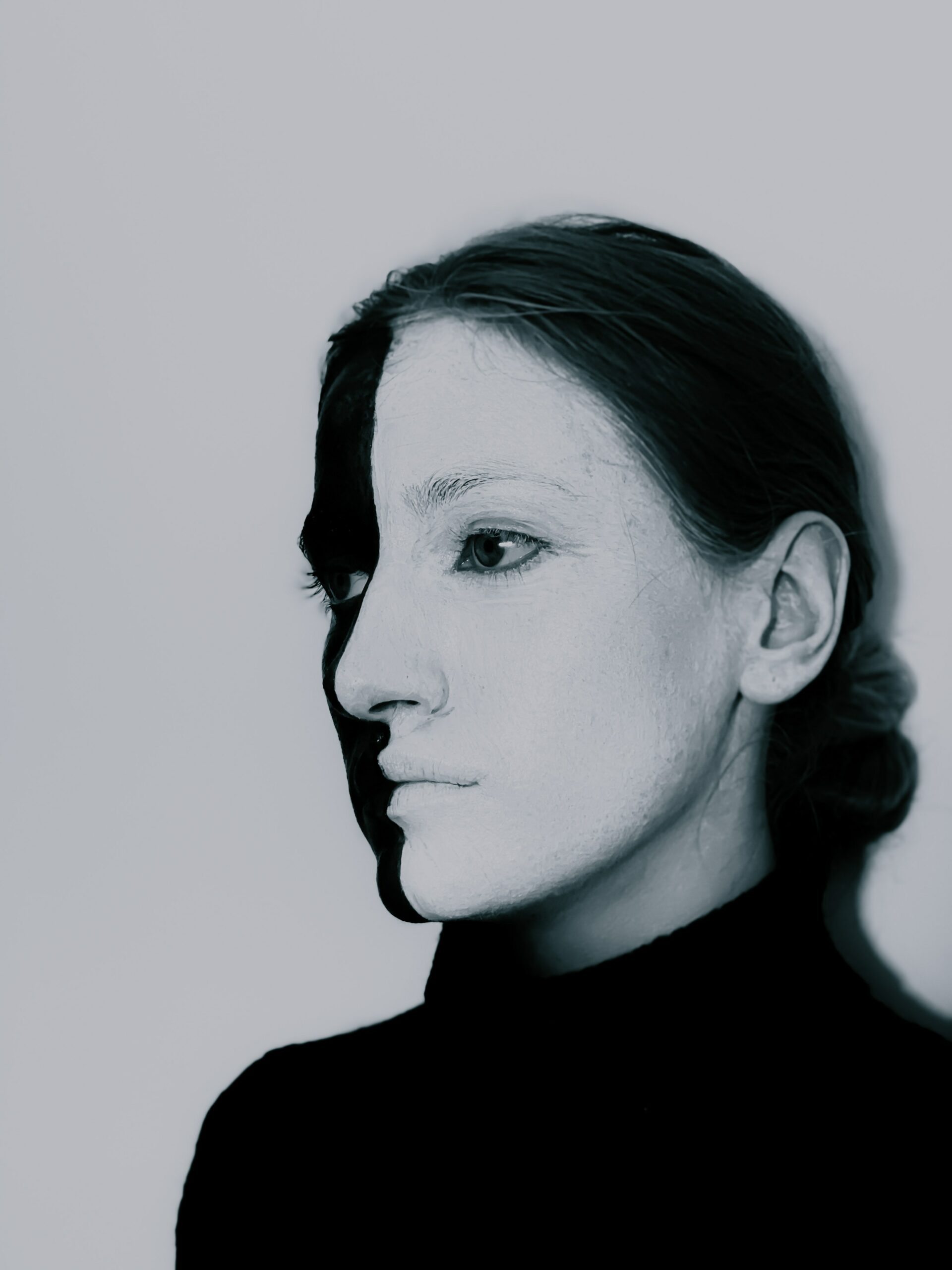Another trial has been registered but is not currently recruiting to assess the cognitive and psychophysiological effects of THC (given via vaporizer at doses of 2 and 4 mg) in bipolar illness.
A trial is now recruiting individuals to assess the effects of dronabinol and CBD on cognitive domains important to bipolar Disorder, such as arousal, decision making, cognitive control, inhibition, and temporal perception (sense of timing).
Psychedelics
Several hallucinogenics, which have long been used as party drugs to get high, are being researched to combat drug-resistant depression. Because depression plays such a big role in bipolar disorders, these medications may help some patients.
So far, the only one that has received FDA approval for legal use is ketamine, which was licensed in 2019 to treat treatment-resistant depression. Ketamine is being studied to see if it may be used to treat depression in patients with bipolar illness who are taking a mood stabilizer and an antipsychotic in addition to getting intranasal or intravenous ketamine.
Psilocybin, the main chemical in magic mushrooms, is also being researched to treat treatment-resistant depression and suicide prevention. The FDA has twice designated the medication as a possible breakthrough medicine and expedited research. A study is now recruiting individuals to examine the efficacy of 25 mg of psilocybin under supportive conditions to adult participants with bipolar II. They are currently depressed in the hope of alleviating depressive symptoms. To learn more, go to ClinicalTrials.gov and enter the identifier NCT04433845.
Despite its potential benefits, the FDA warns that psilocybin is not licensed for any therapeutic application and that hallucinogens are unsafe to consume recreationally. Psilocybin can produce psychosis in susceptible persons and other acute unpleasant psychological effects, such as severe disorientation, paranoia, and high anxiety, depending on the individual, the amount, and the situation in which the substance is taken. While the FDA has approved ketamine, it is only available through a limited distribution system. It must be delivered to a qualified medical office to monitor the patient.
Lifestyle changes, such as increasing aerobic exercise regularly, may help some people cope with sadness and anxiety. Anaerobic exercise, such as weightlifting, yoga, and Pilates, may also aid in the reduction of stress, which can cause mood swings.
Tracking your moods, medicines, sleep patterns, and life events might help you and your doctor treat your bipolar disease over time. Self-reporting, self-rating, and activity data collected by smartphone apps can be easily shared with therapists and health care providers.
TMS and ECT
Depending on your needs, other therapies may be added to your depression therapy.
Electrical currents are passed through the brain to cause a brief seizure in the hopes of causing changes in brain chemistry that will correct symptoms of some mental diseases. In circumstances when drugs fail to function, antidepressants are contraindicated (for example, during pregnancy), or there is a high risk of suicide, ECT may be an alternative for bipolar treatment.
Transcranial magnetic stimulation (TMS) is being researched as a treatment option for people who haven’t responded to antidepressants. Research of TMS in bipolar Disorder concluded in 2018 that the treatment did not produce cognitive deficits. In addition, a small, sham-controlled trial in bipolar patients who were not currently in a manic or depressive mood revealed that TMS improved cognitive measures.
What Else Can You Do?
“Treatment for bipolar disorder frequently necessitates a multifaceted strategy,” Dr. Samuel explained. In addition to taking your meds and attending regular treatment sessions, factors like adopting a healthy sleep routine and reducing or eliminating drug and alcohol usage can be beneficial.
Lifestyle changes, such as increasing aerobic exercise regularly, may help some people cope with sadness and anxiety. Anaerobic exercise, such as weightlifting, yoga, and Pilates, may also aid in the reduction of stress, which can cause mood swings.
